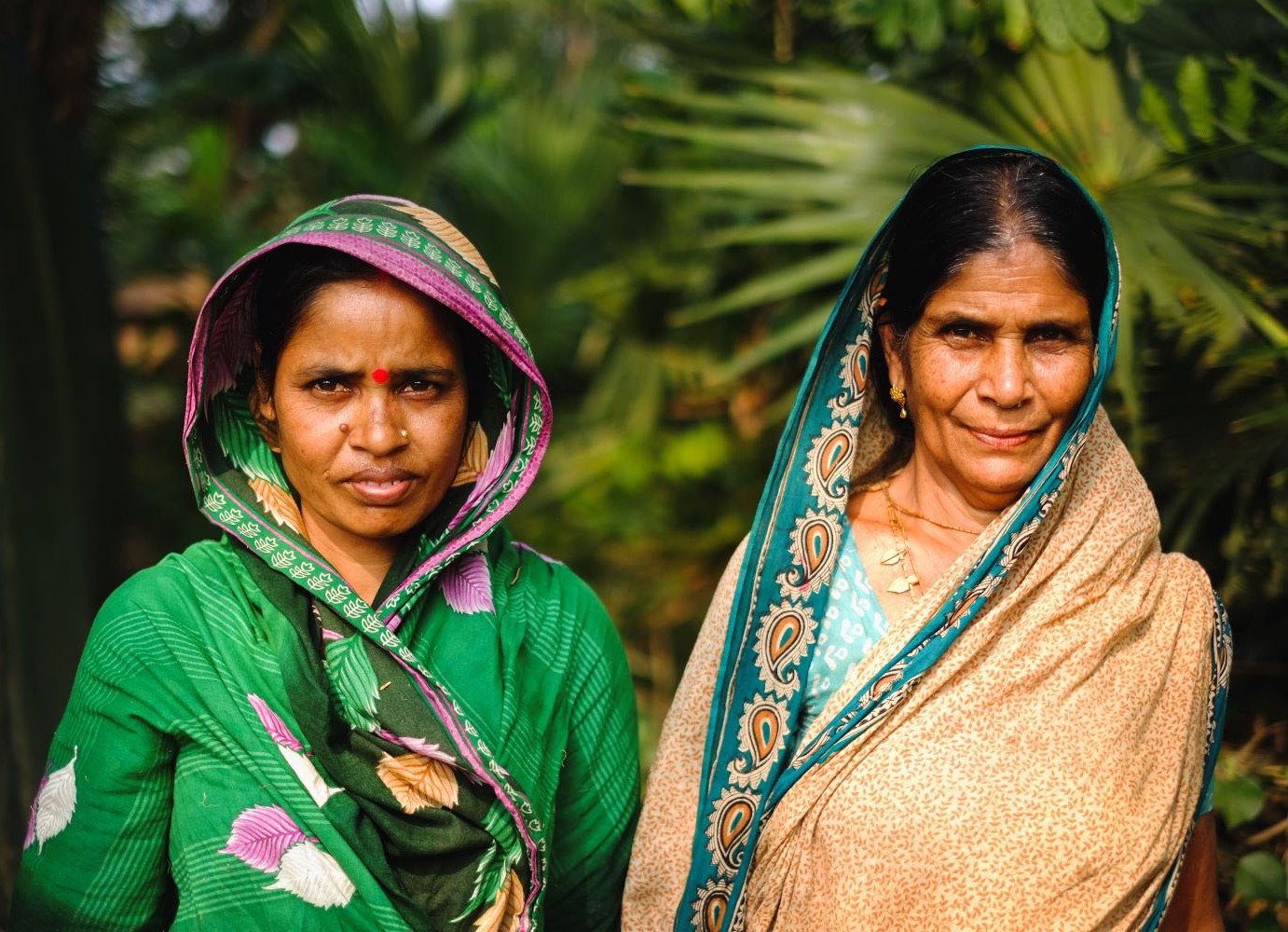The budget that the President submitted to Congress this week included an 8 percent increase in the international affairs account, including a commendable increase for the Millennium Challenge Corporation. But what we haven’t seen from this administration yet is a concrete proposal for how America can deliver on enlightened self-interest by helping to dramatically accelerate progress among the five billion people worldwide who live on less than $10 a day—well below the US poverty line. Though he arrived with bold ambitions for the good America can do in the world, President Obama risks leaving with "degrade, defeat, and destroy" as his legacy.
For the first years of the administration, the task was to respond to the threat of global economic meltdown, and avoiding that outcome was a huge victory for development as much as domestically. The response involved capital increases for the Multilateral Development Banks and a record pledge to IDA’s sixteenth replenishment. And since then, stormy relations with Congress have blocked any substantial financial commitment—or even International Monetary Fund quota reform. In the second term, ongoing crises with Syria, Iraq, and ISIL alongside Russia’s aggression have continued to consume much of the administration’s attention.
But with two years left in his administration, Obama still has a real chance to launch a game-changing development initiative at the Financing for Development conference in Addis Ababa, Ethiopia. The conference is part of the lead-up to the declaration of Sustainable Development Goals at the United Nations in New York in September this year, when the world’s leaders will come together to commit to historic progress in areas from poverty and governance through child health and education to climate and women’s empowerment.
At a similar UN financing conference in 2003, President Bush launched the Millennium Challenge Corporation, which now stands as a gold standard in US development assistance. That same year, he proposed the President’s Emergency Plan for AIDS Relief, which had a huge impact on treatment coverage in the developing world. The two initiatives responded to two of the biggest challenges for global development at the time—recipient government leadership and the unchecked spread of HIV and human toll of AIDS.
The Obama administration has had a number of good ideas, enshrined in the President’s Policy Directive on Global Development and represented in efforts like procurement reform, Power Africa, the Partnership for Growth, pushing money through effective international collaborations like Gavi and the Development Innovations Venture fund at USAID. But overall US foreign assistance reform has lagged, and the Obama administration's initiatives have suffered for lack of sufficient funding—US development assistance has largely stagnated since 2009.
Even if the administration can’t get more funding, it could use existing funding better—using cash on delivery and conditional cash transfer approaches in place of large technical assistance contracts to Beltway consultancies, thereby ensuring better accountability between donors and partners for results. And as part of the process of implementing the Sustainable Development Goals, the United States could help fund the development of structures that place citizens at the heart of determining country priorities and assessing progress—backing constituent engagement, data collection, and transparency efforts that reinforce accountability of states to their citizens.
Of course, there is a lot more to development policy than official development assistance, and given the climate in Washington, the president may have more luck proposing non-aid initiatives. He has a number of options on this front, many of them budget neutral. The administration could lead work on tax cooperation and registers of beneficial ownership with developing countries to ensure that G-20 proposals to tighten up on avoidance don’t leave poor countries out in the cold. That would help them fund their own development. And the United States could use its convening power to help mobilize the untapped potential of sovereign and pension funds under a framework to support infrastructure rollout in developing countries—the World Bank estimates that the potential investment pool could be above $1 trillion.
A considerably expanded and revamped Overseas Private Investment Corporation, empowered with the ability to make equity investments and to partner more broadly with local private sector actors, can help unleash indigenous entrepreneurs and encourage greater US private investment. It could provide financing for massively expanded energy access under a revamped Power Africa initiative, including support for lower carbon and no-carbon technology through gas and nuclear to solar and wind. On the other hand, an OPIC buried under the Commerce Department, reduced to an appendage of an increasingly mercantilist foreign economic policy, as proposed in the latest administration budget, would doubtless achieve little of that.
On trade, a strengthened African Growth and Opportunity Act with a stronger focus on business enabling environments and regional trade, and a new Middle East equivalent, could further spur economic growth and development in two regions where trade remains far below levels that have helped transform Asian and Eastern European economies.
Or what about sharing global technology? Many developing countries are following the United States down the path of patent thickets crawling with patent trolls, stymying global innovation. China issued the world’s most patents last year in part because it is a growing power in research and development—and the United States should want rapid access to the technologies that they are developing. But a big reason for the quantity issued is that the country patented a lot of low-quality ‘innovations’ that will stymie future technology development of both Chinese domestic firms alongside American investors and inventors. This is an area where the president could work with overseas partners to develop a mutually beneficial path towards patent reform—and where the Congress may be willing to act.
In September at the UN, President Obama will meet with the world’s premiers at the UN, and they will join his calls for an end to global poverty and preventable child mortality alongside an AIDS-free generation. He has an opportunity to address the development challenges of our time and claim a leadership role for the United States. Addis Ababa is where the international partnership to achieve that vision will be forged. President Obama may well earn his Peace Prize if he completes rapprochement with Cuba and an Iran nuclear deal. But global peace and security is best undergirded by shared prosperity and expanded human dignity. It’s time for the United States to modernize its development approach and leave a legacy truly worthy of the president’s Nobel.
Disclaimer
CGD blog posts reflect the views of the authors, drawing on prior research and experience in their areas of expertise. CGD is a nonpartisan, independent organization and does not take institutional positions.





